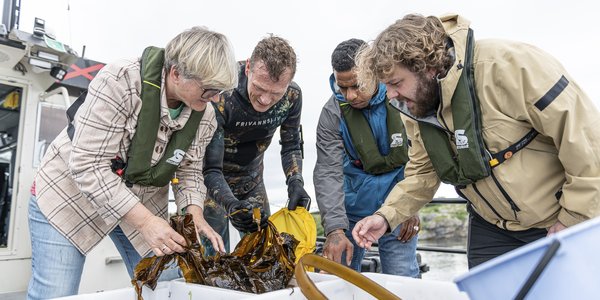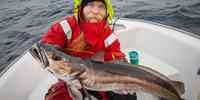News
Result: (18)
story
The Ocean’s Menopause
25.11.2024

story
Hidden Delicacies of the Sea – and more
19.08.2024

story
The world's largest sushi?
04.03.2024

story
This is how you catch a hake
02.03.2023
story
007-cruise in the West Ice
09.05.2022

story
Watch the cod spawn
16.03.2020

story
Welcome to the wondrous world of whales
19.03.2019

story
Swapping waders for business attire
30.10.2018

story
The “plastic whale” from 1971
23.08.2018









